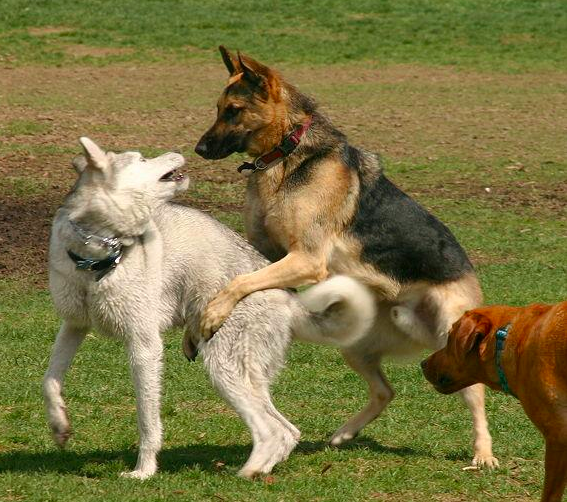
Welcome to Our Blog
How to Choose a Dog Trainer
Many dog trainers still rely on force and intimidation to “get their way” with dogs. This article explores the psychology behind these harsh methods, the negative impact they can have on your relationship with your dog, and how positive alternatives—like reward-based techniques—can make learning fun, empower your dog, and strengthen your bond.
How to Work From Home with a Dog
Working from home with a dog can be a blessing and a curse. On the one hand, it gives us extra time with the dogs we love, but on the other, our dogs don’t always understand work schedules and deadlines. Balancing playtime with work can be difficult, especially if your dog is used to a high level of attention and lots of play.
The Evolution of Modern-Day Dog Training
This brief history of the evolution of modern day dog training provides readers with insight into how today’s dog training methods were developed. Our goal in reprinting this article by Dr. Mary Burch is to help you, caring pet parents, understand how the different approaches in dog training were developed and to, hopefully, choose positive methods over force-based ones.
How To Prevent Separation Anxiety in Dogs
It’s much easier to prevent separation anxiety than to treat it once it develops. Start the day your new puppy or rescue dog comes home—and continue whenever routines or environments change. Dogs who get constant attention early on may struggle when left alone, so building independence from the start keeps them calm, confident, and content.
Five Key Steps:
Gradual Alone-Time Training: Begin with a few seconds and slowly increase as your dog stays relaxed.
Predictable Goodbye Cues: Use a calm phrase like “back soon” and avoid emotional farewells.
Regular Confinement Training: Short sessions in a crate, playpen, or gated area to practice low-stress separation while you remain at home.
High-Value Enrichment: Reserve food puzzles, stuffed Kongs, or lick mats for downtime training with you nearby.
Balanced Daily Routine: Combine exercise, play, and mental stimulation to reduce restlessness.
Consistently practicing these strategies helps your dog feel secure when alone and prevents separation anxiety before it starts.
Why Choice Is Critical In Dog Training
Dog Training Tips: Learning how your dog thinks and makes decisions is the “KEY” to getting your dog to do what you want, when you want, without the need for yelling, intimidation or constant supervision.
How to Train a Dog to Sit Using Games of Choice
Dog Training Los Angeles: It’s Your Choice (IYC) is a critical core foundation game because it sets the stage for teaching self-control over all future reinforcers (reinforcers = anything your dog likes or enjoys). It teaches our dogs that all things of value must be earned. The premise of the game is that the “work” is what earns the reward not just the presence of those rewards in the environment.
How To Prepare Your Dog For The 4th of July
Dog & Puppy Training Tips: Dogs are social creatures that benefit from being included in family activities. However, if a dog is afraid of fireworks, Independence Day can be a terrifying experience for them. To ensure the 4th of July doesn't turn into a traumatic experience for both you and your dog, it's important to have a plan for keeping your dog safe and comfortable when the fireworks go off. Here are some tips from a Los Angeles dog trainer on how to get your dog or puppy ready for Independence Day.
Dog Training: The Dominance Myth
Debunking the “Alpha Dog” Myth: Modern, Effective Dog Training Tips from a Certified Professional Dog Trainer
Leash reactive dogs—those that bark, growl, or lunge at other dogs or people while on a leash—are increasingly common in urban areas and busy cities. For years, many dog owners were taught the outdated “alpha dog” theory, which suggested that dominating your dog was the key to control.
Science-based training shows a better way. Positive, reward-based methods foster trust, communication, and cooperation, teaching dogs desirable behaviors without fear or intimidation.
By abandoning dominance-based approaches, dog owners can tackle leash reactivity, jumping, and aggression more effectively—building stronger, healthier, and more respectful bonds with their dogs.
Dog Training Games: How to Play Hide & Seek to Improve Your Dog’s Recall
At Dog Savvy, we believe dog training should be fun, easy, and effective. One of our favorite games? Hide & Seek. This simple game takes little effort but delivers big results—boosting your dog’s recall skills by creating strong, positive associations with coming when called. You can play it anytime, anywhere, and your pup will love it.
How To Train A Puppy Not To Bite
How to teach a puppy not to bite starts with consistency and positive training. The key is knowing how to respond the moment your puppy bites, so you can set clear boundaries and build respectful, gentle play habits. In this guide, you’ll learn proven techniques like redirection, chew toy training, and calm timeouts to stop puppy biting without punishment. Plus, get expert tips from a certified dog trainer to help your puppy grow into a well-mannered, bite-free companion.
How To Avoid Dog Park Conflicts
Taking your dog to a dog park can be a fun but sometimes unpredictable experience. To make the visit enjoyable and safe, it’s helpful to do a bit of training beforehand—like teaching your dog to reliably come when called and understanding the essential do’s and don’ts for dog park safety.
Dog Park Etiquette: Do's & Don'ts
Dogs were built to roam and, more than anything, love running around free. Dog parks, therefore, can be a great way to grant your lovable furball some much-desired freedom where they can blow off some steam. Here are some ways to ensure the dog park always remains a positive experience.
How to Stop a Dog from Pulling
Does your dog take you for a walk instead of the opposite? Perhaps pulling so hard that their breathing is impeded in the process? Do you dread going for a walk, as a result, not only because you don’t want to be pulled all over the place, but because it seems to be causing undue strain for your dog, as well?













